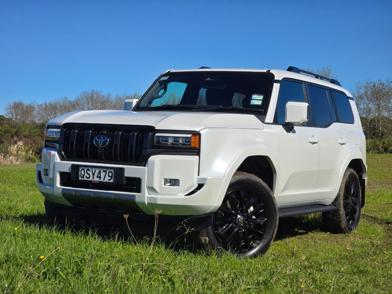For an SUV that’s pretty much all about styling, there’s been remarkably little visual change to the facelift Range Rover Velar. The main thing is the front and rear daytime running lights, which have gone from a hoop-theme to more of a swoosh at each end.
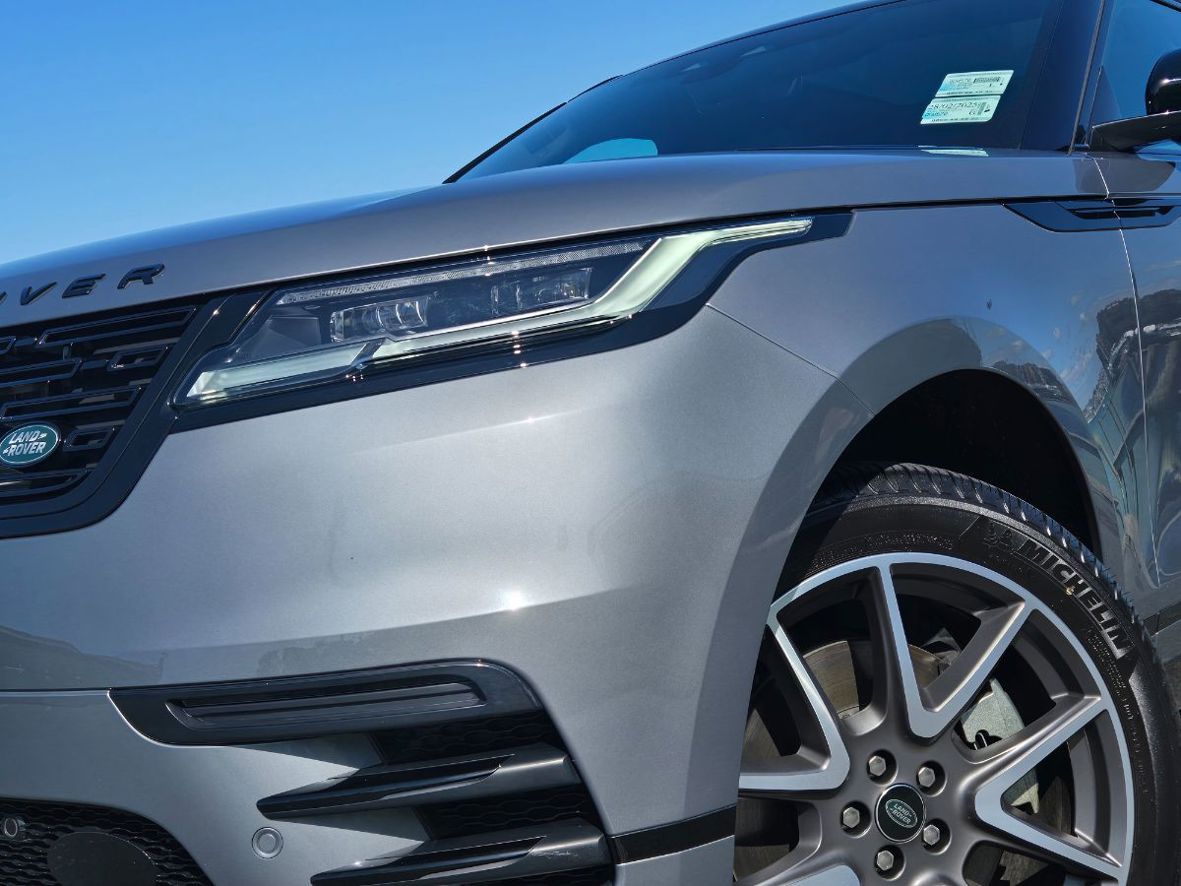
Timeless looks or a subtle attempt to save some money? Perhaps a bit of both. You can make up your own mind.
On the inside though, it’s wholesale change. The quirky InControl TouchPro Duo infotainment setup has gone, replaced by something much more minimalist.
InControl… what? You might remember Velar used to have two 10in touch-screens in the centre console: a power-tilting landscape unit and a separate squarer-shape display lower down, which carried a couple of physical dials that could change function depending on what menu you’d selected. Complex in concept, but quite clever and reasonably intuitive.
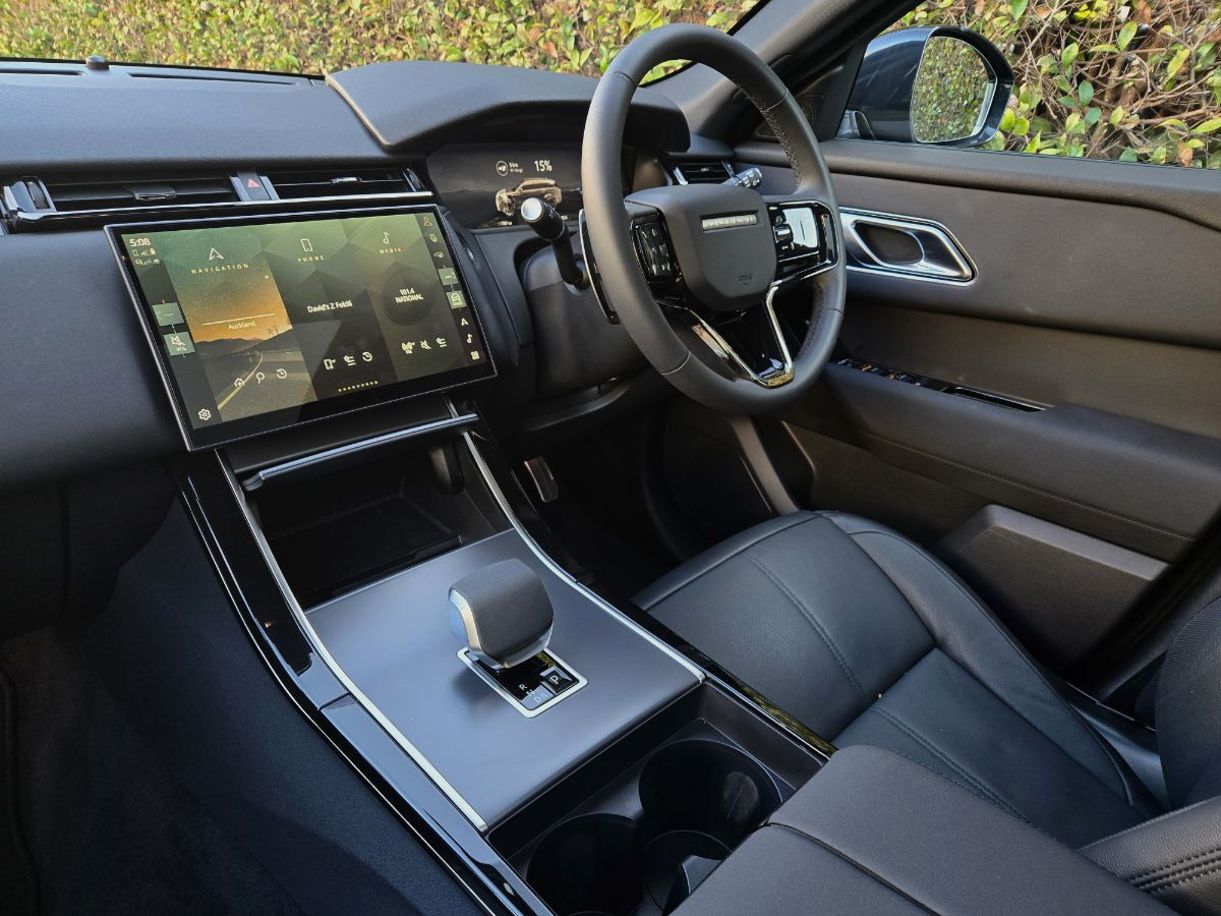
That’s all gone. In its place is an impressively slender curved-glass single 11.4in screen running Jaguar Land Rover’s latest Pivi Pro 2 operating system. Not a massive display then, but everything’s now in there, including the climate and drive-mode functions you’d previously accessed through the lower control unit.
On the inside, it’s wholesale change. The quirky InControl TouchPro Duo infotainment setup has gone, replaced by something much more minimalist.
One step forward, one step back… or sideways? That’s entirely a matter of taste. The change does keep Velar on trend with the industry’s current obsession of eliminating buttons and consolidating everything into one screen; the graphics and tile-like layout are elegant, too.
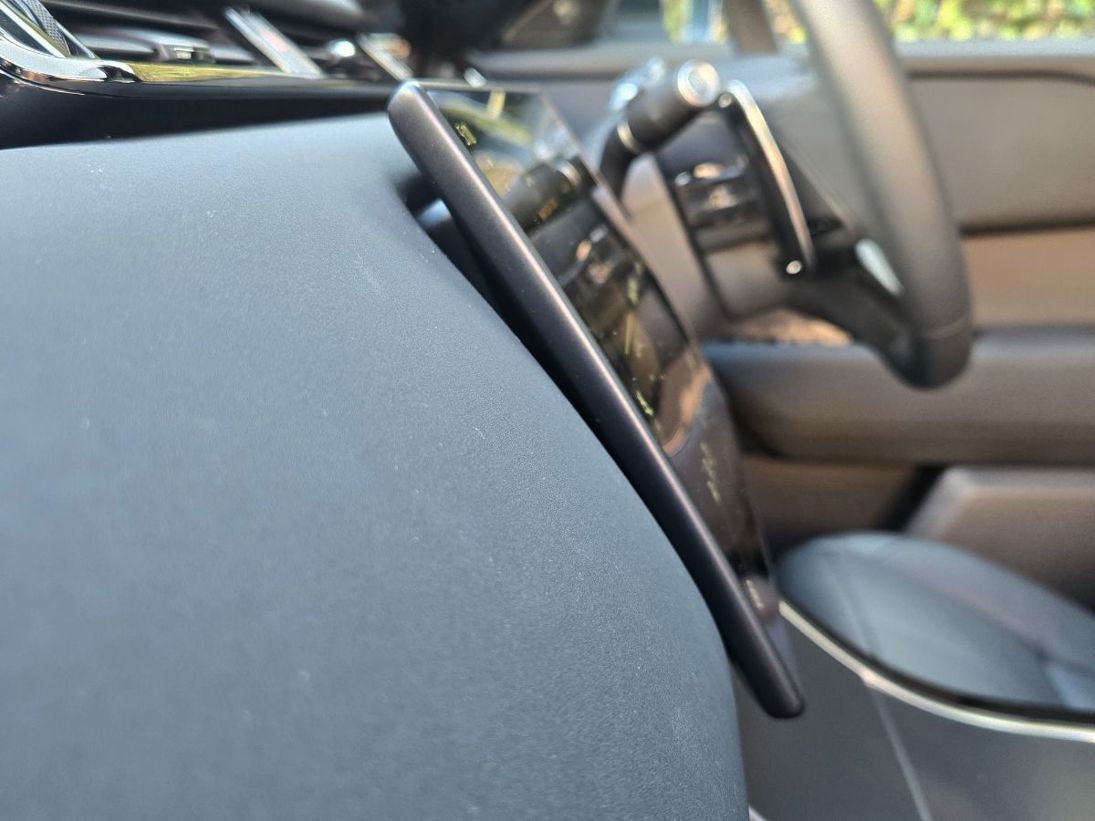
But it’s also a more initially complex way of doing things and simple tasks like changing the temperature or selecting a different drive programme require more driver attention than they did before. Such is… progress?
There's a bigger battery for the plug-in hybrid system. It’s up from 17 to 19kWh (15.4kWh usable): not major but enough to bump the EV range from 53 to 64km.
There are still a couple of physical controls on the steering wheel, along with an array of haptic-touch controls as before; presumably because changing a steering wheel is a very expensive exercise. But the result is you can still scroll with audio volume and click-adjust your adaptive-cruise speed.
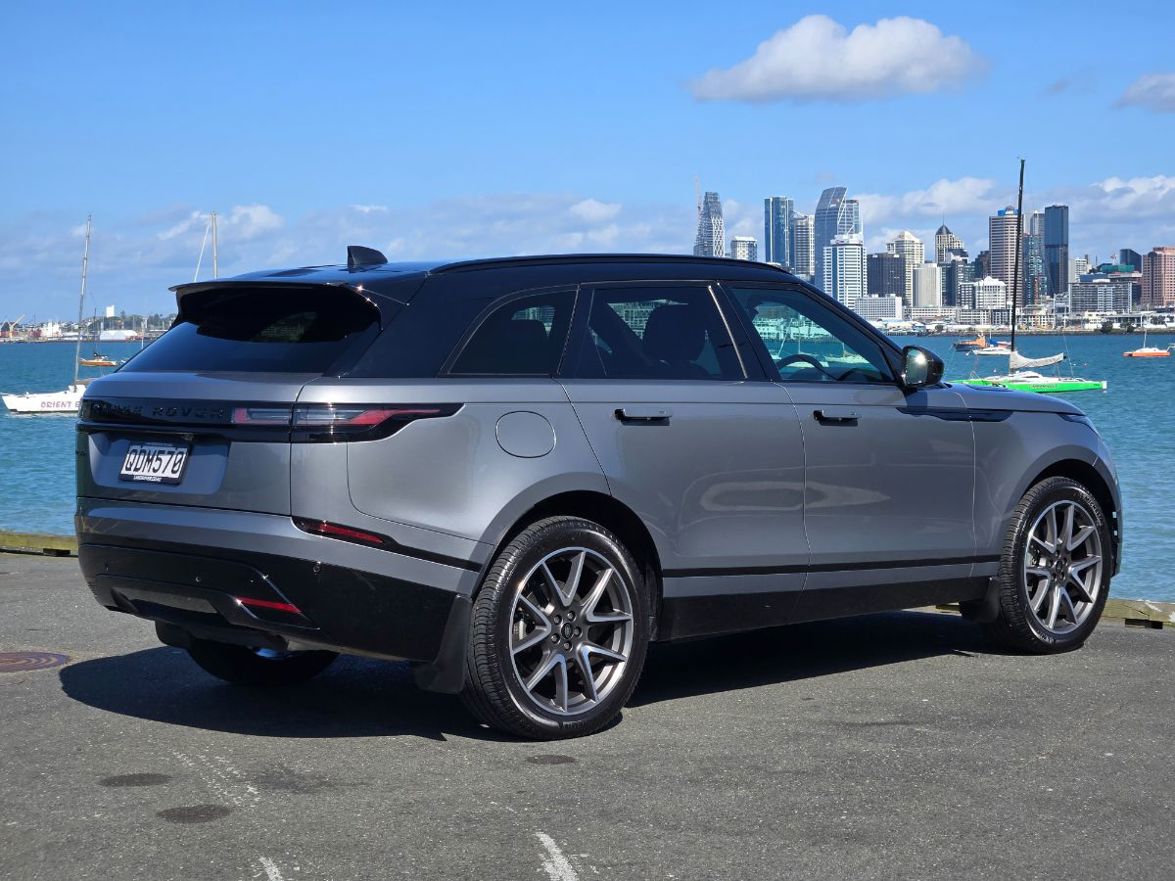
Another hardware change is a bigger battery for the plug-in hybrid system. It’s up from 17 to 19kWh (15.4kWh usable), which is not major but enough to bump the EV range from 53 to 64km. You can still DC fast-charge it, too, at up to 50kW. That’s pretty quick for a PHEV.
It’s less happy as a hybrid in town, struggling in the transition between electric and petrol power. But it comes good at open-road speeds.
The choice of a Velar PHEV will have to be the result of some car-maths, regardless of where you end up. In entry SE trim (as tested here) it commands a $20k premium over the P250 turbo-petrol 4-cylinder model, but it’s a lot more car: another 113kW and over 2 seconds quicker to 100km/h, despite being substantially more economical.
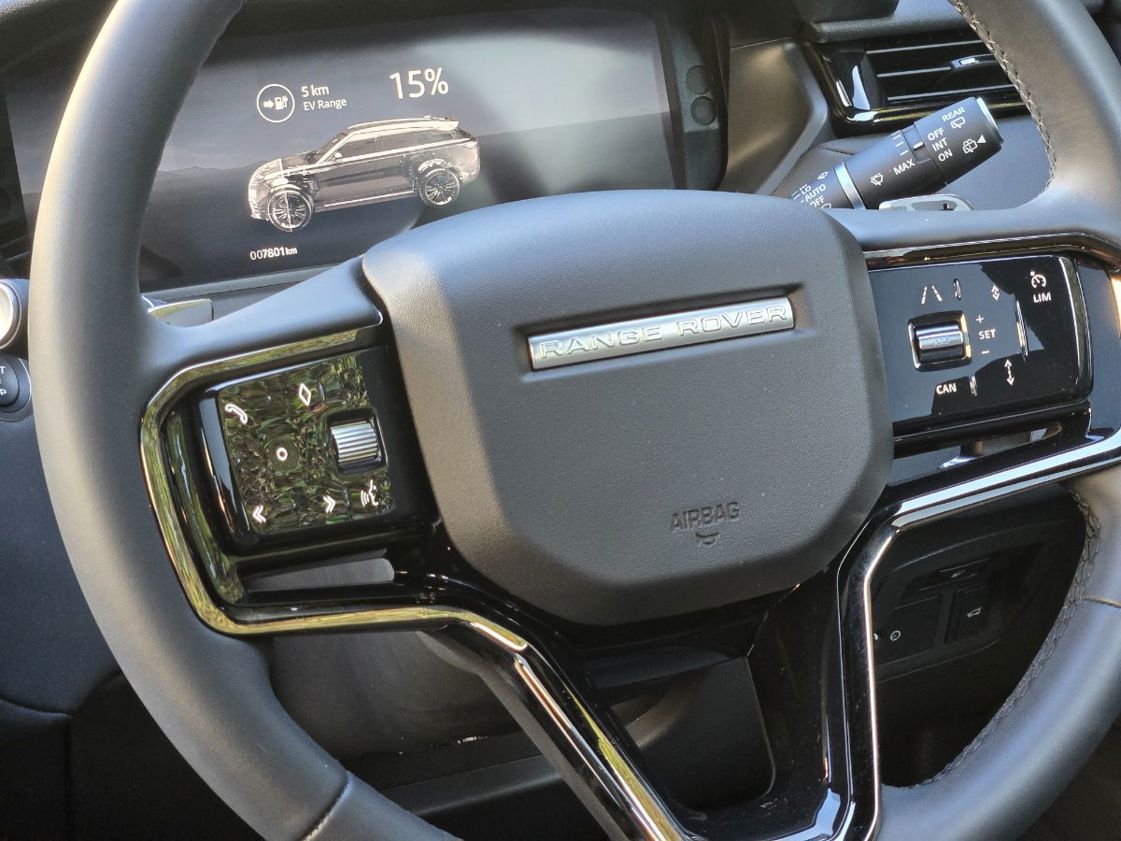
It’s a $10k jump to the PHEV in HSE specification, but then you have to weigh it up against the same-price 6-cylinder mild-hybrid, which offers pretty much the same acceleration, but with a throaty engine noise that costs you a lot more in fuel. Zero potential for zero-emissions running, of course.
Nothing has changed in the driving experience. The Velar PHEV is still a superbly refined and smooth machine in electric mode, and will happily cruise at 100km/h as an EV, although the petrol engine will kick in if you really put your foot down.
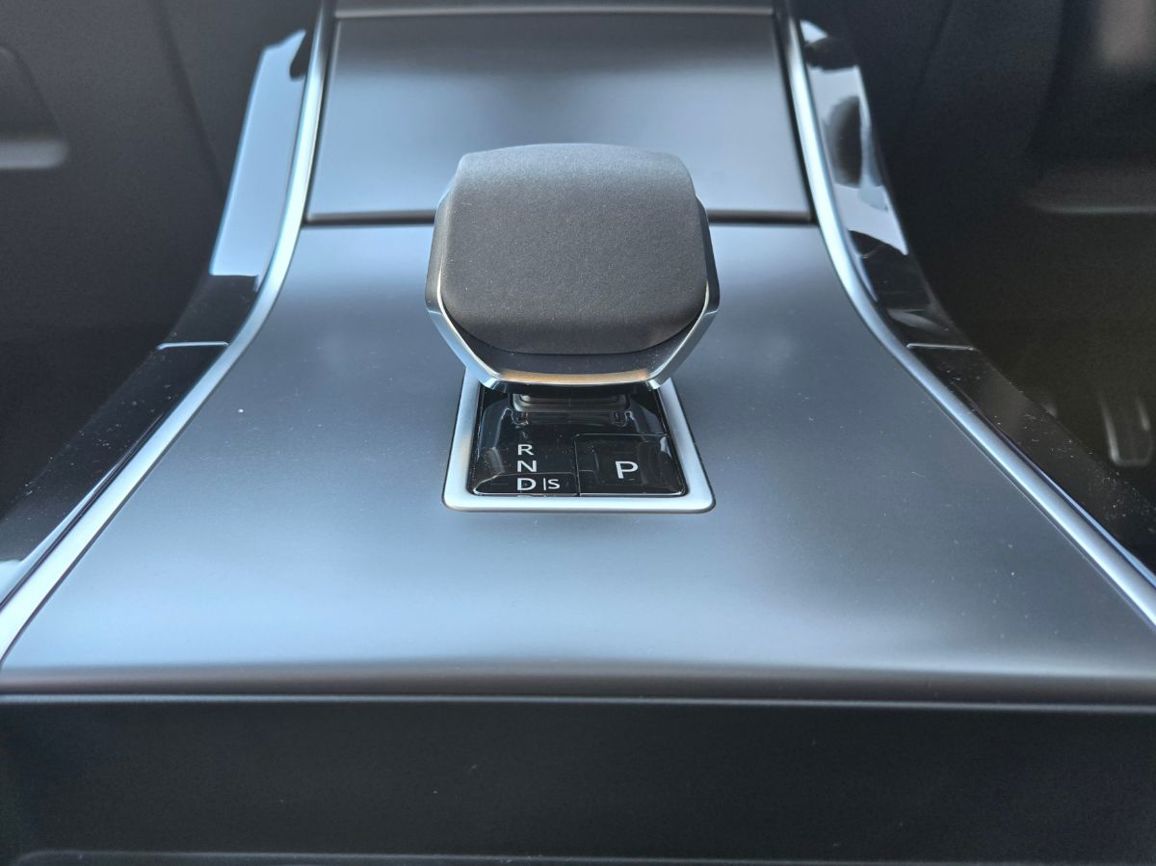
It’s less happy as a hybrid in town, sometimes struggling in the transition between electric and petrol power on a light throttle. But it comes good at open-road speeds, revelling in a firmer throttle and delivering very brisk performance.
It’s sportier on-road than your average Land Rover at the cost of some 4x4 ability, because of course it’s really only half Range Rover: Velar is built on the platform of the Jaguar F-Pace.
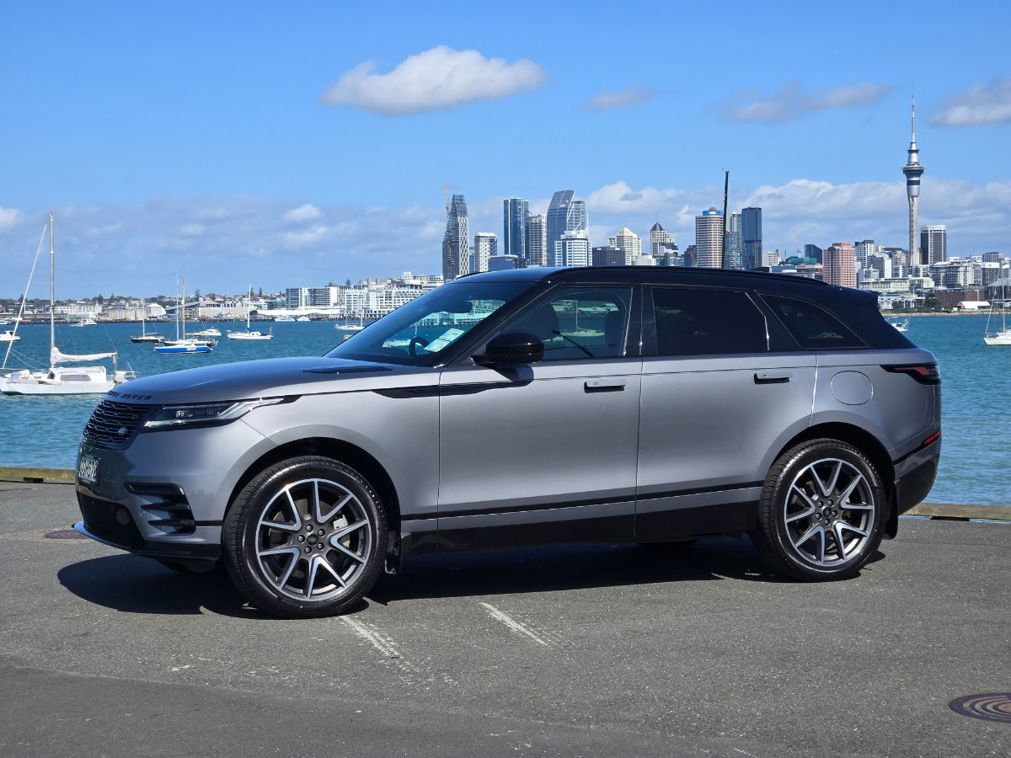
Still Range Rover-luxury inside, of course. And don’t feel like you’re missing out with the entry SE: it’s still really sumptuous; the HSE simply adds garnish like 21-inch wheels (our car is wearing those anyway, as an option), fancier headlights, 20-way adjustment for the front seats, rear power recline, Windsor leather upholstery (the SE is still leather though), and a few more ADAS functions including steering assist for the adaptive cruise. It's a good package for the extra $10k, but not essential.
What are the key statistics for the Range Rover Velar Dynamic SE P400e?
It pairs a 2.0-litre turbo-petrol engine with a plug-in hybrid system to make 297kW/640Nm. There’s an 8-speed automatic transmission and the 4x4 modes you’d expect from Land Rover (although this is actually a Jaguar F-Pace underneath).
Is the Range Rover Velar Dynamic SE P400e efficient?
Remarkably so for such a large and powerful SUV. Even putting aside the 60km-plus EV range, it’ll happily do 6-7l/100km as a hybrid on the open road if you drive smoothly.
Is the Range Rover Velar Dynamic SE P400e good to drive?
For the most part, yes. The powertrain has its quirks in city driving but the ride/handling combination is pretty well-sorted. This is a little more road-oriented than other Range Rover models.
Is the Range Rover Velar Dynamic SE P400e practical?
It’s a pretty large SUV, so yes. Although visibility and the cabin environment does make a few concessions to the exterior design, which is what this model is really all about.
What do we like about the Range Rover Velar Dynamic SE P400e?
Familiarity has dulled the impact of the styling, but even after 7 years it still looks really good. The P400e is genuinely quick as a hybrid and handles well. The extra EV range is welcome and it works well in zero-emissions mode, feeling very luxurious. As does the whole car.
What don’t we like about the Range Rover Velar Dynamic SE P400e?
It’s not entirely smooth when running as hybrid in town driving: the powertrain can feel a bit on-off and indecisive. It’s $10k more expensive than when we last tested it in 2022 but doesn’t look a whole lot different. And while we get the minimalist cabin is on-trend, we’re not sure it’s as functional.
What kind of person would the Range Rover Velar Dynamic SE P400e suit?
Somebody who loves Range Rover design but wants to achieve relatively eco-friendly urban driving credentials.
















